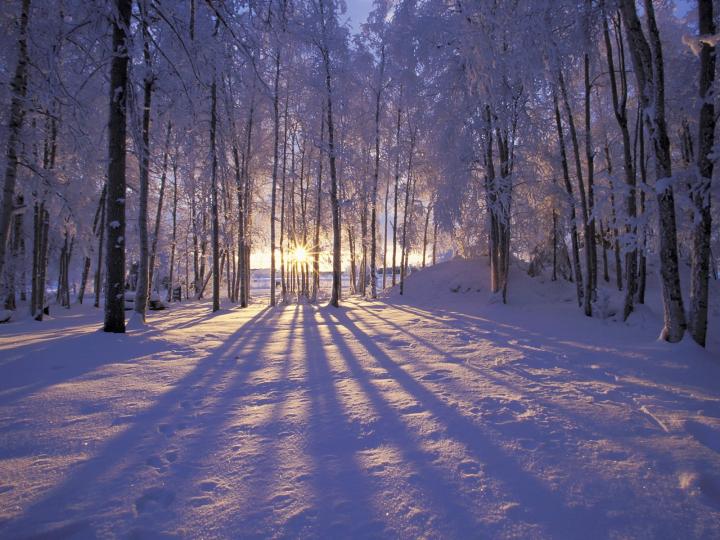Get enlightened about the darkest day of the year.
The solstice is actually a time

Contrary to popular belief, the winter solstice isn’t a day. It’s the specific moment in time when the sun is above the Tropic of Capricorn, a circle of latitude below the equator. This is the southern-most point the sun ever reaches from our perspective on Earth. For 2016, the winter solstice happens on December 21 at 10:44 UTC (Universal Time Coordinated).
Our winter solstice is the Southern Hemisphere’s summer solstice

While we in the Northern Hemisphere are bundled up in our winter coats, our neighbors in the Southern Hemisphere are soaking up the summer sun. Equinoxes and solstices are opposite on opposite sides of the globe. So if you’re looking to escape our shortest day of the year, pack your suitcase and experience the longest day of the year on the other side of the globe.
It’s not always the same day

The winter solstice can occur on December 20, 21, 22, or 23. However, it’s rare that the sun reaches its lowest point on the 20th or 23rd. The last time winter solstice fell on December 23 was in 1903, and it won’t happen again until 2303.
The darkest day of the year has nothing to do with Earth’s distance from the sun

During the winter months, Earth is actually surprisingly close to the sun. It reaches its perihelion (the point when the planet is closest to the sun) just a few weeks after the winter solstice. The reason we have cold weather and extended hours of darkness, especially on the solstice, is because of Earth tilting away from the sun.
Its name is Latin

The word “solstice” is derived from two Latin words: “sol,” which means “sun,” and “sistere,” which means “to stand still.” On the winter solstice, the sun reaches its southern-most position (directly above the Tropic of Capricorn) and appears to stand still. Fitting, right?
But it also has other names

Yule. Midwinter. The Longest Night. Solstice Night. The winter solstice has a variety of different titles, depending on the religion and heritage of the person you ask.
Many ancient civilizations celebrated it

Scandinavian and Germanic groups in northern Europe called the winter solstice Yule, a 12-day celebration dedicated to the reawakening of nature, and offered sacrifices to their gods in hopes of abundant spring crops. Because of the increased darkness, families would burn logs for more light, which is where we get the concept of Yule logs. The solstice also fell during the Ancient Roman festival Saturnalia, which honored the god Saturn with days of parties, banquets, and presents.
And some people still do

Modern-day pagans continue to celebrate the winter solstice by lighting candles, decorating their homes, and enjoying festive meals with family and friends.
It’s rarely the coldest day of the year

Just because there are only nine hours and 15 minutes (give or take) of sunlight on the winter solstice this year, that doesn’t mean the temperatures will plummet. The majority of America experiences its coldest days of the year in January—something to look forward to in the coming weeks!












